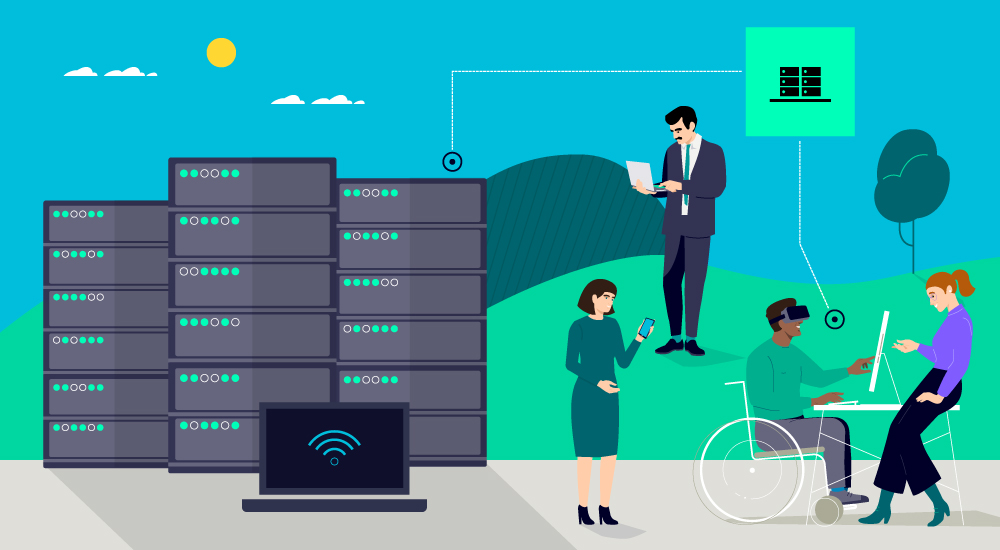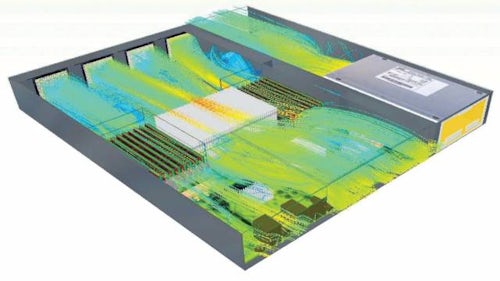Binging? Diving into the Metaverse? Buying NFTs? Do you even care about the environment bro?

A nipple is responsible for over 11 million tons of carbon dioxide equivalent (CO2e) emissions annually. You didn’t misread that. Let me explain. I am talking about a particular one involved in a wardrobe malfunction. During the half-time entertainment show. Of one of the most-watched live sporting events. This incident occurred in 2004, during the Middle Ages of the internet when we still called it the “World Wide Web”. Google was the fifth most popular brand, ranking below Yahoo and AOL. thefacebook.com had just launched and was restricted to Harvard College students. iTunes was in its terrible threes, which is how long Napster had been dead. There was no Tinder, TikTok or Instagram. And one more thing… the iPhone was still three years away.
Most surprisingly, there was still no widely used streaming video sharing platform, which takes us back to the point of this parable. Their inability to easily find the infamous clip anywhere online prompted Steve Chen, Chad Hurley, and Jawed Karim to launch Youtube.com. Video streaming has since become one of the largest consumers of internet bandwidth, which means it also uses a significant amount of electricity. The world still generates over 60% of its electricity by burning fossil fuels, producing planet-warming carbon emissions.
As for YouTube, a report by researchers at Bristol University based on estimates of the streaming site’s usage in 2016, calculated that watching videos on the streaming site produced CO2e of more than 11m tonnes a year, similar to a city the size of Glasgow or Frankfurt. Given YouTube had 1.4 billion users that year, and now has more than 2.4 billion users globally, the company’s carbon footprint will be significantly bigger today.”
Taken from The Guardian article: Streaming’s dirty secret: how viewing Netflix top 10 creates vast quantity of CO2
It is not just video streaming. The explosion of social media, podcasts & audio streaming, online gaming and cloud services all contribute to the issue. The Uptime Institute calculated that each time Cristiano Ronaldo posts a picture to Instagram, it takes 36 MWh to distribute it to all his followers. That’s the amount of power consumed by ten British households on average in a year.


Not a globally homogenous quantity
There has been some controversy on the exact quantity of CO2 produced. Electricity generation is not a globally homogenous quantity – some countries have extremely low carbon electricity, some much higher. Bristol University, the International Energy Agency and the Shift Project – to name a few – make different assumptions when converting terawatts into carbon emissions. However, the total amount of electricity consumed is rarely in dispute. Nor is the trend of year-on-year increase or that most of the world’s electricity is not carbon neutral.
Data center cooling
According to the International Energy Agency, the total energy demand for data centers is around 1% of global electricity consumption. Significant portions of that energy, estimated to be 30-40%, are for the computer room air-conditioning (CRAC) and other cooling equipment to prevent equipment failures and melting. The bottom line, the amount of greenhouse gases released from working and playing online will not get most climate activists smashing the like and subscribe buttons.
Cryptocurrency and NFTs
To make it worse, that 1% does not include other significant sources like cryptocurrency mining, which also uses up quite a bit of electricity. These short videos from Jack Corbett of NPR’s Planet Money explain how cryptocurrency mining and non-fungible tokens (NFTs), which both use blockchain technology, are contributing to the problem:
The Metaverse
So far, I’ve focused on the usual suspects: streaming, video conferencing, gaming, and social media. With good reason. Almost 80% of the data capacity pie goes to Netflix, YouTube, Facebook and the makers of the wildly popular Call of Duty and Fortnite games.
Enter the Metaverse. You’ve heard (and stopped listening to) various hot takes on it. This emerging immersive experience means internet traffic will continue to rise at an accelerated pace. With greater data demands comes greater electricity consumption and carbon emissions. How much more? Again, it is hard to get a consensus on the exact number, just that it is trending up.


Websites such as Readyplayer.me can create your custom avatar for the metaverse with just one picture (left) and lots of digital makeover magic (right) – courtesy of Readyplayer.me
I could have wasted much more time done further valuable research online exploring the metaverse. Hopefully, when Mr. Zuckerberg announced his company’s latest “Meta” morphosis, you caught the snazzy videos of the virtual reality collaborative workspaces they are launching. If not, I suggest you use 2004’s fifth most popular brand to find it. There’s no question; we are going from the modern age to the postmodern age of connectivity. We just need to take the carbon out of it.
Most commonly searched for solutions
The way forward can be summarized as follows:
- Reduce emissions at the source with low or no carbon electricity
- Improving efficiency to reduce electrical demand, slowing down future carbon emissions
Using Simcenter, data center cooling simulations help achieve more efficient cooling with minimal energy and component cost expenditure. Without such insight from a holistic digital twin, choices that seem logical might disproportionately increase data center operational costs. I want to drop a few items on this topic in the group chat which you might find interesting:
- The first is the Datacenter HVAC Design Guide. This guide explores how to consider alternative designs to pick the right approach for your facility and de-risk the design by investigating different operational scenarios.

- The second is Datacenter design – the secret of Facebook’s highly efficient servers. Facebook (now known as Meta) set out to significantly improve its power efficiency, cost, reliability, serviceability, and environmental footprint. Read the article to learn more.

- The last item is an on-demand webinar: Datacenters cooling triple play: availability, reliability and efficiency. Watch this system engineering webinar and learn how to utilize system simulation principles to reduce the development time and verify if new cooling technologies satisfy energy efficiency objectives.


